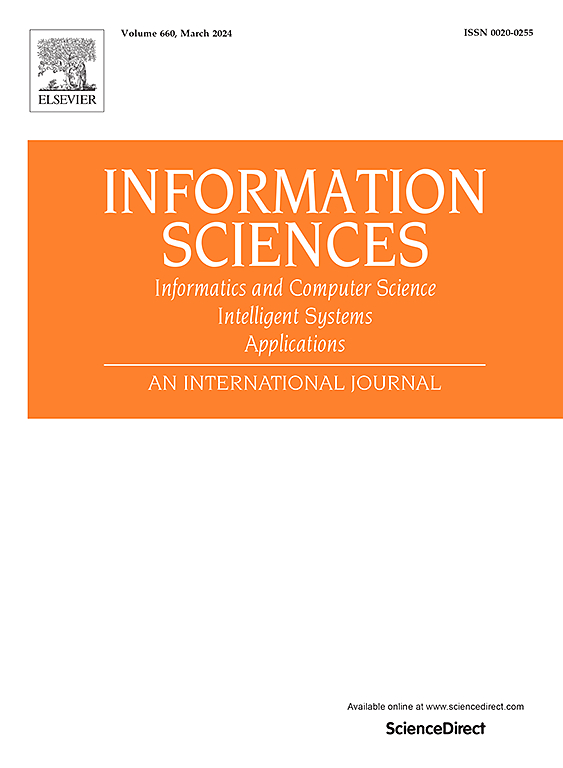Adversarial Infrared Catmull-Rom Spline: A black-box attack on infrared pedestrian detectors in the physical world
IF 8.1
1区 计算机科学
0 COMPUTER SCIENCE, INFORMATION SYSTEMS
引用次数: 0
Abstract
The security of deep neural networks (DNNs) is increasingly threatened by adversarial attacks, yet research in the infrared domain remains limited. Existing white-box attacks, such as light bulb panels and QR code garments, lack stealth and real-world applicability. Additionally, black-box attacks using hot and cold patches exhibit poor robustness. To address these challenges, we introduce AdvICRS, a novel black-box attack method that combines Catmull-Rom Spline curves with Evolutionary Strategy (ES) and the Expectation Over Transformation (EOT) framework to optimize adversarial perturbations. This method generates stealthy and efficient adversarial samples, enabling successful physical attacks using cold patches. Experimental results demonstrate that AdvICRS achieves a 94.9% success rate in digital attacks and 95.2% in physical attacks, outperforming current methods. Stealth analysis confirms that perturbations blend seamlessly with their surroundings, enhancing real-world applicability. Robustness tests show an average success rate of 87.2% across various object detectors, highlighting its adaptability. Ablation studies, generalization evaluations, transfer attacks, and adversarial defense tests further validate AdvICRS's superior performance. These findings not only expose vulnerabilities in infrared detection but also advance adversarial attack strategies in the infrared domain, providing a foundation for future research.
对抗性红外Catmull-Rom样条:物理世界中对红外行人探测器的黑盒攻击
深度神经网络(dnn)的安全性日益受到对抗性攻击的威胁,但在红外领域的研究仍然有限。现有的白盒攻击,如灯泡面板和QR码服装,缺乏隐蔽性和现实适用性。此外,使用热补丁和冷补丁的黑盒攻击表现出较差的健壮性。为了解决这些挑战,我们引入了AdvICRS,这是一种新的黑盒攻击方法,它将Catmull-Rom样条曲线与进化策略(ES)和期望转换(EOT)框架相结合,以优化对抗性扰动。这种方法产生隐形和有效的对抗性样本,使使用冷补丁的物理攻击成功。实验结果表明,AdvICRS对数字攻击的成功率为94.9%,对物理攻击的成功率为95.2%,优于现有的方法。隐身分析证实,扰动与周围环境无缝融合,增强了现实世界的适用性。鲁棒性测试表明,在各种目标检测器上的平均成功率为87.2%,突出了其适应性。消融研究、泛化评估、转移攻击和对抗性防御测试进一步验证了AdvICRS的优越性能。这些发现不仅暴露了红外探测中的漏洞,也为红外领域的对抗性攻击策略提供了新的思路,为今后的研究奠定了基础。
本文章由计算机程序翻译,如有差异,请以英文原文为准。
求助全文
约1分钟内获得全文
求助全文
来源期刊

Information Sciences
工程技术-计算机:信息系统
CiteScore
14.00
自引率
17.30%
发文量
1322
审稿时长
10.4 months
期刊介绍:
Informatics and Computer Science Intelligent Systems Applications is an esteemed international journal that focuses on publishing original and creative research findings in the field of information sciences. We also feature a limited number of timely tutorial and surveying contributions.
Our journal aims to cater to a diverse audience, including researchers, developers, managers, strategic planners, graduate students, and anyone interested in staying up-to-date with cutting-edge research in information science, knowledge engineering, and intelligent systems. While readers are expected to share a common interest in information science, they come from varying backgrounds such as engineering, mathematics, statistics, physics, computer science, cell biology, molecular biology, management science, cognitive science, neurobiology, behavioral sciences, and biochemistry.
 求助内容:
求助内容: 应助结果提醒方式:
应助结果提醒方式:


